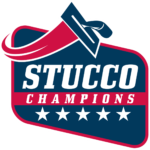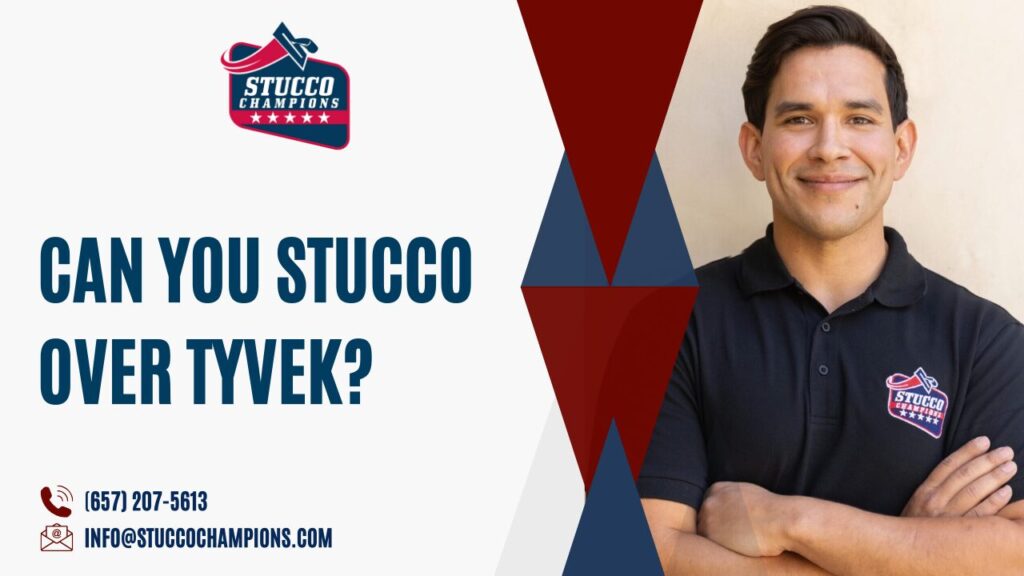Tyvek, a widely recognized waterproofing membrane, is often considered for stucco applications. This article delves into whether stucco can be directly applied over Tyvek wrap, analyzing the complexities and alternatives in detail.
Expert Insight on Stucco and Tyvek Compatibility
As an experienced stucco application specialist, I’ve encountered various scenarios where Tyvek’s compatibility with stucco was questioned. While Tyvek is exceptional for waterproofing, its suitability under stucco is less straightforward. Stucco can technically be applied over Tyvek, but it is not the ideal choice. A two-ply Grade D paper is more compatible with stucco, offering better adherence for the base coat.
Understanding the Bonding Challenge
The primary issue with Tyvek under stucco is its surface texture. Tyvek’s slick nature poses a challenge for cement adherence during the base coat application. Furthermore, unlike the asphalt-infused paper typically used in traditional stucco systems, Tyvek is a synthetic material that doesn’t self-seal. This lack of self-sealing property can lead to potential water intrusion issues.
Cost Comparison: Tyvek vs. Grade D Paper
From a financial perspective, Tyvek is generally more expensive than Grade D paper. This cost difference, coupled with the technical challenges, makes Grade D paper a more feasible option for most stucco applications.
Appropriate Use of Tyvek in Stucco Projects
Despite these challenges, Tyvek can still be beneficial in certain stucco applications, particularly for enhanced wall sealing in areas prone to extreme water penetration. In such cases, I recommend applying Tyvek over the substrate, followed by two layers of Grade D paper, before proceeding with the standard stucco process.
Tyvek Stucco Wrap: A Specialized Alternative
DuPont, the manufacturer of Tyvek, offers a specialized product known as Tyvek Stucco Wrap. This variant, designed specifically for use with stucco, features an accordion-like flexibility, creating a drainage plane behind the stucco. However, it’s important to note that Tyvek Stucco Wrap may not be self-sealing, necessitating the use of specialized fasteners with plastic caps to prevent water ingress.
Technical Concepts: Drainage Plane and Self-Sealing
Understanding the drainage plane and self-sealing properties is crucial in stucco applications. The drainage plane is a space allowing water to drain away, preventing accumulation behind the stucco. Self-sealing materials, on the other hand, close around fasteners, minimizing water penetration. These technical aspects are vital for the longevity and effectiveness of stucco applications.
In conclusion, while you can stucco over Tyvek, it’s not always the recommended approach due to potential bonding issues and cost considerations. Alternatives like Grade D paper or specialized products like Tyvek Stucco Wrap should be considered, depending on the project’s specific needs. Understanding the technicalities of materials and their application is key to ensuring a successful and lasting stucco installation.
Last week, we shared Stucco Spraying detailing the tools, techniques, and tips for achieving a smooth and efficient stucco application with a sprayer. If you’re looking to save time and get professional results, be sure to check out the post!
—

